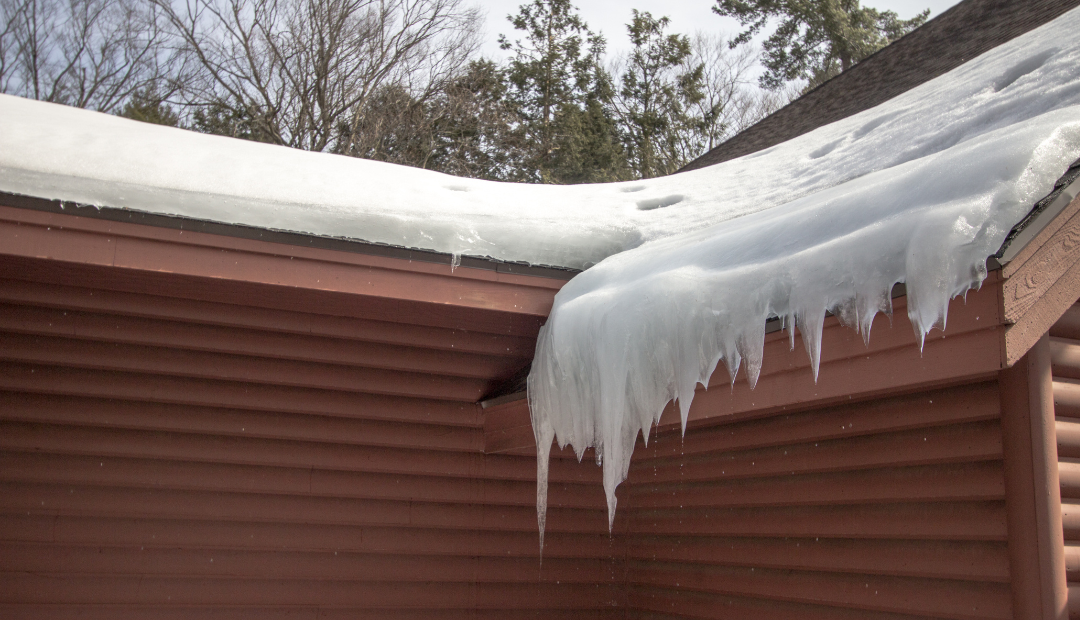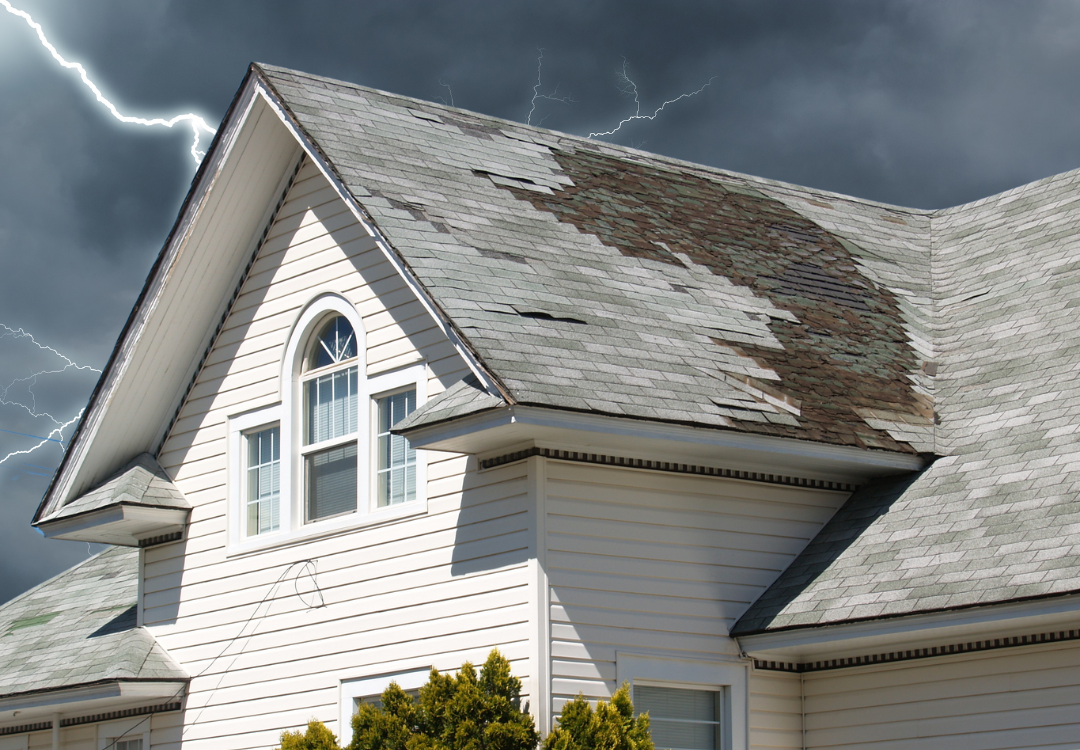Understanding the Parts of a Roof
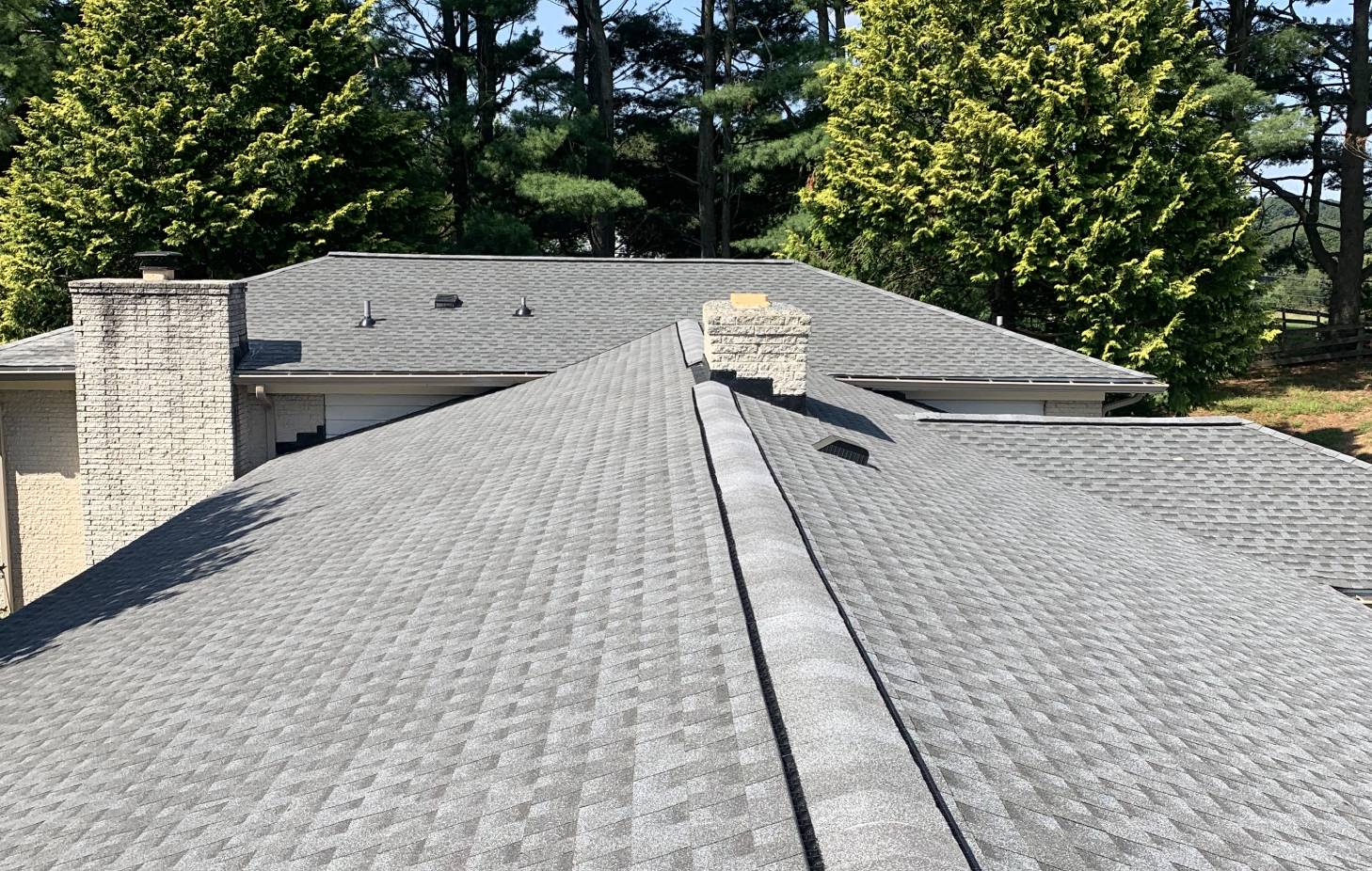
Most people don’t know that a roof isn’t just made up of shingles. It’s a complex system of components working together to protect your home.
In this blog post, Alternative Roofing will discuss several important parts of a roof and how they help the entire roof system function.
Under the Roof
First, let’s take a look at the components that are underneath the roof:
Decking or Sheathing
Decking or sheathing is the sturdy, rigid material nailed to the rafters. Shingles and tiles get nailed, tacked, or otherwise attached to the decking.
Underlayment
Underlayment is a weatherproofing material installed under the shingles and on top of the sheathing and decking. It works as an insulator and protects against precipitation.
Soffits
Generally considered the finishing touch on a roof, soffit boards enclose the underside of the roof where it extends out from the wall. They serve both aesthetic and insulating functions and keep birds and animals out.
Rafters
Support beams, known as rafters, hold the roof up. Residential rafters are usually wooden, but commercial rafters are often made of metal for additional support.
Primary Visible Elements
Here are the primary visible elements you typically see on a roof:
Fascias
Fascias are finishing trim work found along a roof’s edge. Quality fascias increase curb appeal and property values.
Field of Roof
The field of roof is where roofing material is actually installed. It excludes flashing and can include any section of the roof itself.
Gables
A gable roof is when a triangular section of the wall forms under two angled roof sections.
Hips
A roof’s hips refer to the corners where two downward-sloping external sections of a roof meet. Hips are the opposite of valleys.
Rakes
Rakes hang at a slant beyond the edge of a gabled roof. This is the section of the roof that meets the rafters.
Ridges
The ridge is the highest horizontal line of your roof, where the two highest points of your roof meet.
Valleys
The valley of your roof is when two slopes meet at an internal angle of less than 180 degrees. Valleys are the opposites of hips.
Vent Pipes
Vent pipes allow sewer pipe gases to exit, regulating air pressure in plumbing pipes. These pipes are generally at the top of your roof.
Transporting Water Away
Next, let’s discuss the parts of a roof that transport water away from your house:
Drip Edges
Drip edges are upward-angled metal strips along the edge of eaves or rakes that channel water toward the gutter. Roofing contractors install the drip edge in areas where gutters are impractical.
Downspouts
The vertical or angled pipes connected to gutters, known as downspouts, channel water out of the gutters and away from the home.
Eaves
An eave hangs over a home at the roof’s lowest edge. Gutters are usually installed along a roof’s eaves.
Flashing
Flashing, which is usually made from sheet metal, directs water away from vertical surfaces. It’s where chimneys and roof material meet.
Gutters
Resembling open or half pipes, gutters run the length of the edge of a roof and collect rainwater. It’s important to clean your gutters regularly to remove the buildup of leaves, branches, and other debris.
Choose Alternative Roofing for Quality Craftsmanship
No matter which part of your roof needs attention, Alternative Roofing’s expert technicians have the tools, knowledge, and experience to get the job done. We’ve provided professional-grade roof service to Baltimore and the surrounding areas since 2004.
Rely on Alternative Roofing for all your roofing needs. Contact our team to learn more about quality roofing services in Howard County and Baltimore.
Contact Us
Request Service
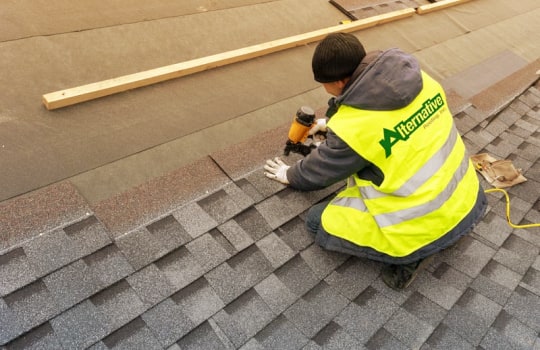
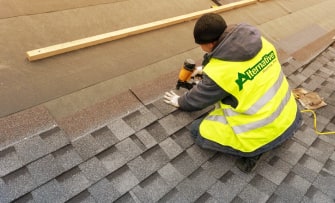
The Alternative Roofing Difference
What Sets Us Apart
- We'll never take a hard-sell approach.
- Our team has extensive expertise in the top roofing products.
- We are committed to producing high-quality work and outstanding customer service.
- Our supervisors will be on-site through the duration of your project.
- We're always available to answer your questions or provide a project report.

